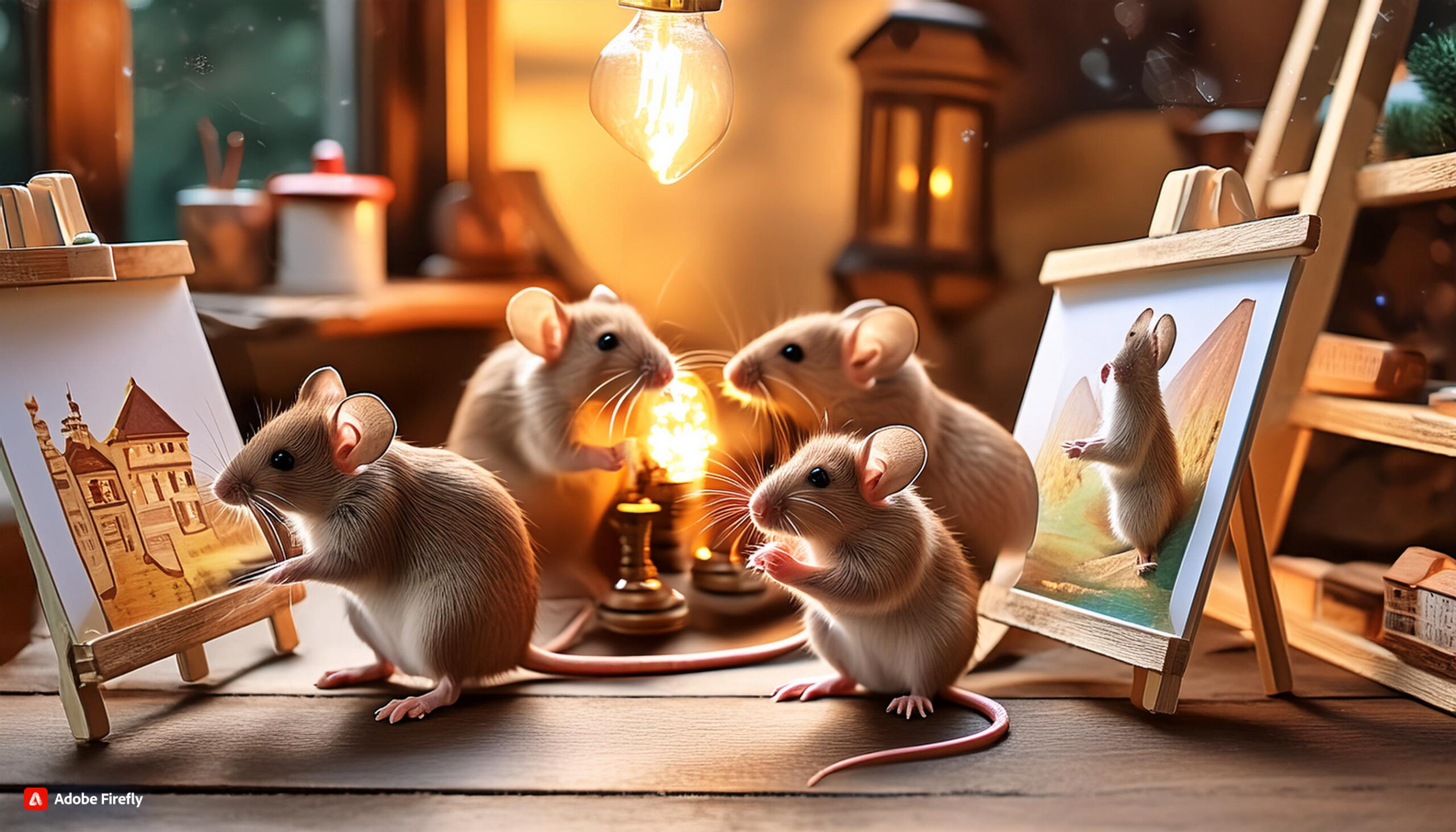Why do we read stories?
Fiction is transformational.
Stories allow us to become kinder and smarter versions of ourselves, though the path from words on the page to impact in the heart and head isn’t a straight line. It’s a twisty, curved thing with blind corners and hills, rough terrain, washboard skidding, and plenty of battles along the way.
We follow our book heroes to the rim of the world. And by the time we reach the destination, our heroes are no longer strangers passing us by in the night; they’re acquaintances, friends, lovers, mentors. Books can beat us up and set us free through the lives of the characters into which we invest time and gray-matter resources.
Developing the relationship between reader and character — nay, reader and story — means getting the reader from beginning to end so they may participate in and celebrate that transformational experience. And the way to keep the reader on the path is to give them a question, the answer to which lies in the book’s pages.
So, what question do you pose for your readers? And how will you answer it?

In the book Writing Fantasy and Science Fiction: How to Create Out-of-this-World Novels and Short Stories, Orson Scott Card expounds on what he calls “the MICE Quotient” for determining narrative structure.
MICE is an acronym describing four structural elements of narrative fiction:
- Milieu
- Idea
- Character
- Event.
The balance of the four elements of the MICE Quotient in narrative fiction carries forward a story succinctly and cohesively to engage readers. Card writes, “While each [element] is present in every story, there is generally one that dominates the others.”
So let’s pull apart each of these elements and further examine them. And since learning how to handle these structural supports well is often best handled by masters of their crafts, I’ve added recommended reads to get you started on your MICE research.
Milieu
Have you read (or are you writing) a story in which the main character travels to a strange land, sees something interesting, is transformed by the peculiar world, and comes back a new person?
In a milieu story, the world creation is most prominent, and it is from the milieu that the question arises. This type of story is driven by place, be it environment, setting, or atmosphere. The story begins when a character enters the new place, conflicts arise when the character tries to leave, and the story ends when the character either exits the place or makes a decision to stay.
Milieu Reading List
- Alice’s Adventures in Wonderland, Lewis Carroll
- The Wonderful Wizard of Oz, L. Frank Baum
- Gulliver’s Travels, Jonathan Swift
Idea
Like a good detective story, one in which you must find clues and uncover new information?
In an idea story, the work centers around the process of learning new information. The idea story is driven by mystery. It begins with a question (What was that?) and ends with the explanation (A vicious, slathering, cave-dwelling beast!). Think of a murder mystery, a classic whodunit: Who committed the murder, and why? The mystery concludes only when the reader can identify the killer and the motive.
Idea Reading List
- Dirk Gently’s Holistic Detective Agency, Douglas Adams
- Altered Carbon, Richard K. Morgan
- The Peripheral, William Gibson
Character
Maybe it’s the character transformation itself that gets your gears moving. After all, we humans are a sentimental bunch. We like to watch others succeed, and fail, empathize, and criticize.
A character story centers around a character and their role transformation within the community, focusing on who the character is rather than what the character does. The reader must care about the character to care about their successful transformation. Character stories are driven by angst. They start with a shift in identity, conflicts occur that keep the character from changing, and they end with a solidified self-definition.
Character Reading List
- Demon Copperhead, Barbara Kingsolver
- The Catcher in the Rye, J.D. Salinger
- Metamorphosis, Franz Kafka
Event
Fancy blowing something up? Or witnessing a devastating catastrophe? A specific event or series of events drives the narrative forward in an event story, which often often involves a hero defeating a bad guy and putting everything back in its rightful place.
The story begins just before the status-quo world is disrupted or disordered when readers meet the character who will become heavily invested in the event. The story ends when the world is restored or re-ordered. The hero must figure out how to resolve the world’s disorder through the heroic act. However, readers must care about the hero to some degree first, or they will not be around to see the resolution.
Event Reading List
- The Lord of the Rings, J.R.R. Tolkien
- Dune, Frank Herbert
- Emma, Jane Austen
Writing good fiction is a feat, and choosing the right structure for the story is a big step requiring deep consideration. Ask yourself: “What do I want my readers to get from this story?”
If you struggle with getting your story down on paper, or if you are stuck on a work in progress, you may be answering the wrong question for your story or beginning the story at the wrong place. Can you identify the type of narrative structure you have employed? And is it the right structure for the story you are telling?
Most importantly, a cohesive and satisfying story requires completing the story you started to tell and leaving your readers with a sense of accomplishment and closure.
So, answer the reader’s question. And provide them with a satisfying experience while you do it.
Happy writing.
<3 Fal
P.S. You may have noticed the format of the writing advice column has changed. In the past, writing advice was a kaleidoscopic topic. Now, I’m sticking to a single topic each week and diving more deeply into it. So, what topic are you interested in? Or, what questions do you have that I may answer for you? Let me know in the comments and help shape the writing advice column to get what you need. And don’t forget to like, subscribe, and share.
Prefer video?
Join me on MetaStellar’s YouTube channel:

Fallon Clark is a story development coach and editor with more than a decade of experience in communications, project management, writing, and editing. She provides story development and revision services to independent and hybrid publishers and authors spanning genres and styles. And in 2018, she had the joy of seeing Forever My Girl, one of her earliest book projects, on the big screen. Fallon’s writing has been published in Flash Fiction Magazine and The MicroZine. Find her online at FallonClarkBooks.Substack.com, or connect with her on LinkedIn or Substack.


Something I struggle with and would like to learn more about is how to handle “jump backs” in a story–those moments where the narrative is moving forward and it feels necessary to add a little backstory to help define characters and events. I have been told I execute these poorly, so I am interested in learning how to do these better.
Cheers, thanks for sharing this, Andrew. I’ve taken your suggestion and will think on how best to get you what you need for handling jump-backs with relative ease and avoiding the dreaded info-dump most readers lament. I can’t wait to share my thoughts with you, and I’ll credit you with the suggestion.